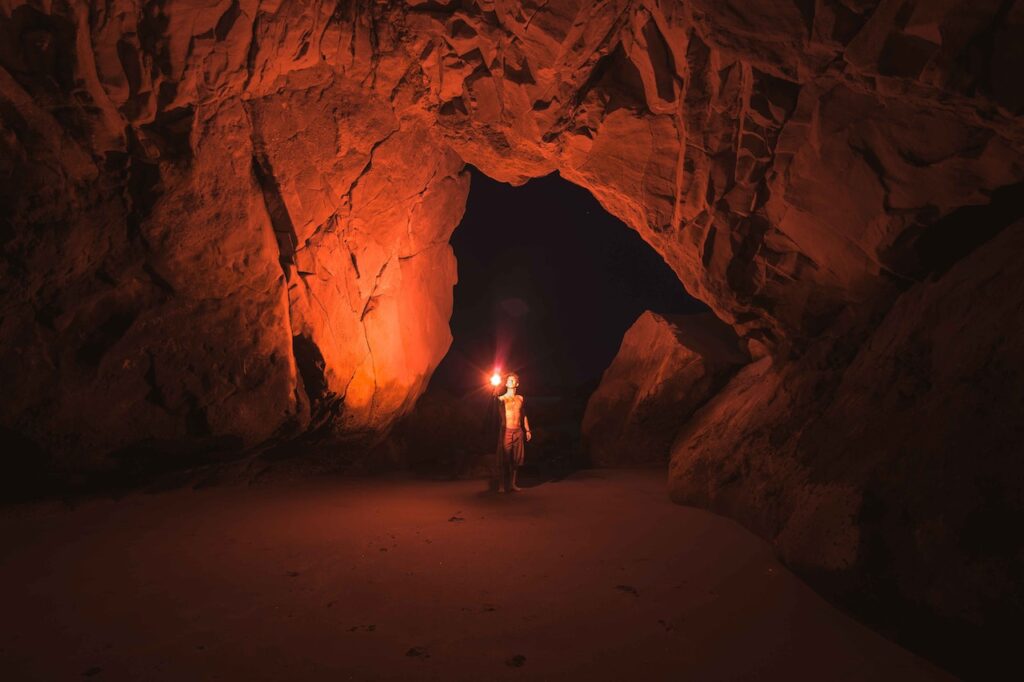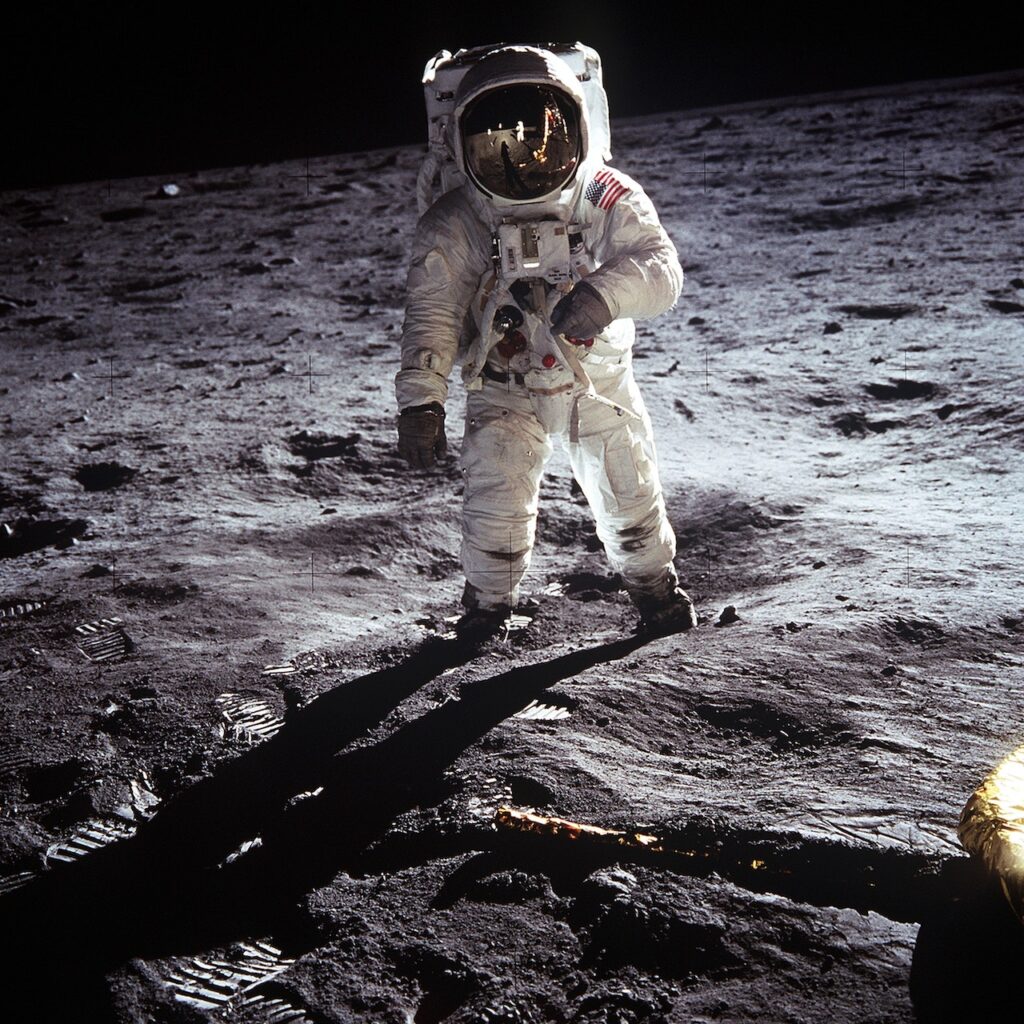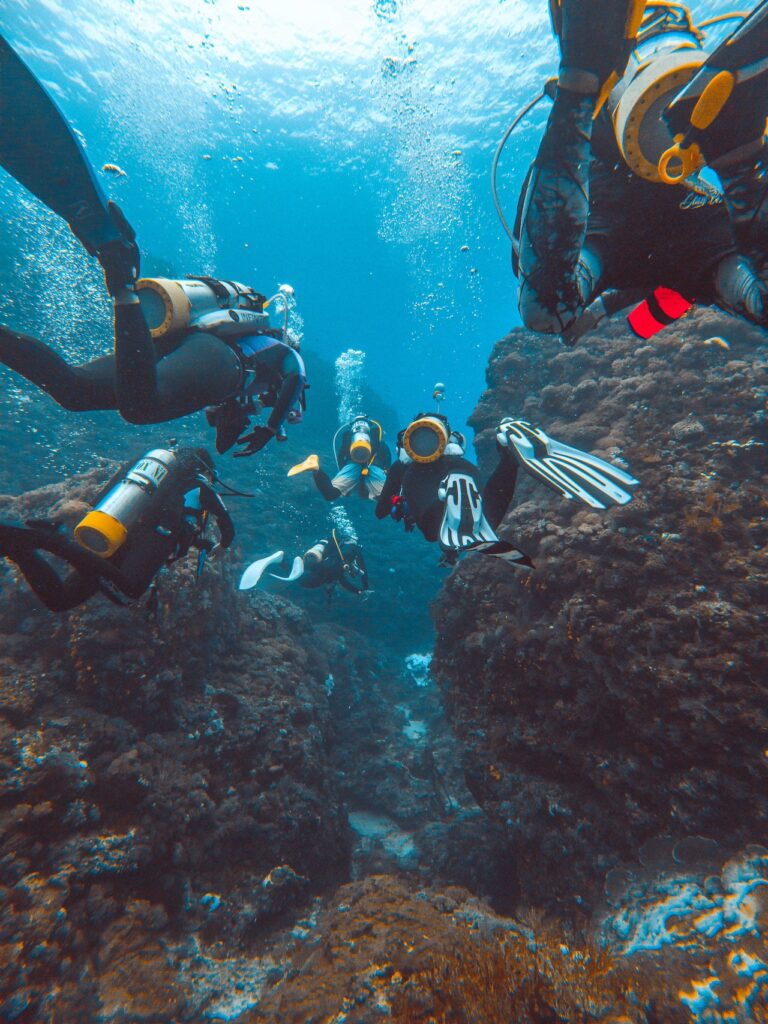Exploration is an innate human desire to uncover the unknown and expand knowledge. Throughout history, explorers have braved perilous journeys into uncharted territories, driven by curiosity, wanderlust, ambition, and a thirst for adventure. Their exploits unveiled new lands, cultures, flora and fauna, and advanced human understanding of the world.
Exploration continues today, not just across geographical frontiers, but also in outer space and inner space – the microscopic world. Scientific and technological progress enables explorers to venture farther and deeper, from the deepest ocean trenches to the outer solar system. Yet the motivations spurring on both historic and modern-day explorers remain profoundly human.
Key Takeaways
- Exploration is fueled by deeply human motivations like curiosity, wanderlust, ambition, challenge, and a pioneer spirit.
- Historic explorers like Columbus, Magellan and Cook completed epic journeys that expanded understanding of the planet.
- Space programs have uncovered new knowledge about the solar system and universe.
- Deep sea exploration has revealed extraordinary ecosystems and geology.
- Technologies will equip future explorers to study uncharted environments from climate-threatened ecosystems to distant solar systems.
- While methods evolve, the desire to uncover the unknown endures as a pillar of human civilization.
Drivers of Exploration
Exploration is fueled by various motivations, often intertwined. Key drivers include:
Curiosity
A primary motivator, curiosity compels explorers to uncover mysteries and expand knowledge. Discovering the unknown for its own sake can be intrinsically rewarding. Scientific curiosity seeks to reveal insights into how the natural world works.
Wanderlust
An urge to wander beyond the horizon and experience new places and cultures. Explorers feed their inner restlessness through travel and adventure in distant lands. Geographic discovery aims to map uncharted environments.
Ambition

Explorers are often ambitious, seeking glory, fame, and recognition for their achievements. Some pursue status, power, and wealth through exploration. Others hope to make their mark on history.
Challenge
Exploration presents immense challenges that test the limits of human endurance and ingenuity. Overcoming challenges through skill and perseverance is inherently satisfying. Competitive explorers seek to climb the highest peak or reach the North Pole first.
Improving Life
Some explorers aim to acquire knowledge to improve human life, health, and safety – for example, discovering new medicinal resources or assessing threats like weather extremes. Exploration expands practical knowledge.
Pioneer Spirit
An adventurous spirit drives explorers into the unknown. Bold individuals leading expeditions into blank spots on the map aspire to be pioneers. The thrill of being the first to discover the new reignites the pioneer spirit of the past.
Historic Explorers

Explorers through the ages embarked on epic voyages of discovery that unveiled new worlds and reshaped human understanding. Here are some noteworthy explorers from history:
- Christopher Columbus – An Italian navigator who completed four transatlantic voyages for Spain in 1492-1504, discovering the Americas for Europeans. His expeditions kickstarted European colonization of the New World.
- Ferdinand Magellan – A Portuguese explorer who led the first expedition to circumnavigate the globe across the Atlantic, Pacific, and Indian Oceans during 1519-1522. His voyage proved the Earth was round.
- James Cook – A British Royal Navy captain who made expeditions across the Pacific Ocean during 1768-1779, charting New Zealand and eastern Australia. He provided the first European contact for Hawaii.
- Roald Amundsen – A Norwegian polar explorer who led the first expedition to traverse the Northwest Passage across the Arctic Ocean during 1903-1906. He also led the first expedition to the South Pole in 1911.
- Amelia Earhart – An American aviation pioneer who was the first woman to fly solo across the Atlantic Ocean in 1932. She disappeared in 1937 during an attempted circumnavigation of the globe.
- Edmund Hillary – A New Zealand mountaineer who, along with Tenzing Norgay, completed the first successful summit of Mount Everest in 1953. His ascent marked the culmination of decades-long efforts to climb the world’s highest peak.
- Jacques Cousteau – A French naval officer and explorer who helped invent modern scuba gear during the 1940s. He led underwater expeditions aboard the research ship Calypso to investigate marine life.
These iconic explorers exemplify the courage, determination, and spirit of discovery that fueled heroic journeys into the unknown throughout history. Their voyages expanded horizons and unlocked mysteries that had perplexed humanity for ages.
Space Exploration

The advent of the Space Age opened up a new frontier for exploration beyond Earth. Space probes and human missions have uncovered fascinating insights about the solar system and universe. Major milestones include:
- Sputnik (1957) – The first artificial satellite launched into orbit, inaugurating the Space Race between the US and USSR.
- Yuri Gagarin (1961) – The first human in space, orbiting the Earth aboard Vostok 1 for the Soviet space program.
- Apollo 11 (1969) – The NASA mission that achieved the first manned Moon landing with Neil Armstrong and Buzz Aldrin. Apollo 11 fulfilled President Kennedy’s goal of reaching the Moon.
- Voyager Probes (1977) – Twin NASA probes launched to study the outer solar system. Still operational over 40 years later, Voyager 1 and 2 have sent back detailed images of Jupiter, Saturn, Uranus, and Neptune.
- International Space Station (1998) – A continuously inhabited orbital laboratory developed by the US, Russia, Europe, Japan, and Canada. Scientists conduct microgravity experiments aboard the ISS.
- Curiosity Rover (2012) – A car-sized Mars rover that has found evidence the Red Planet was once habitable. Curiosity continues to study Martian climate and geology.
- New Horizons (2015) – A NASA probe that performed the first flyby of Pluto, revealing the dwarf planet’s complex and colorful surface. New Horizons has since visited a Kuiper Belt object.
Space exploration will continue pushing farther out into the solar system and beyond. Upcoming missions aim to return samples from Mars, study Jupiter’s moons, and even launch interstellar probes to neighboring stars. The cosmic frontier remains wide open.
Deep Sea Exploration

Earth’s oceans cover over 70% of the planet’s surface but much of the underwater world remains a mystery. Advances in submersible technology have enabled more ambitious deep-diving expeditions that have uncovered extraordinary lifeforms and landmarks:
- Bathyscaphe Trieste (1960) – A Swiss-designed vessel that reached the deepest point in the ocean, the 36,000-foot Challenger Deep at the bottom of the Mariana Trench.
- Alvin Submersible (1964) – An American deep-sea submersible deployed from the Navy ship Lulu. Alvin has discovered hydrothermal vents and surveyed the wreck of the Titanic.
- Jiaolong (2010) – A Chinese manned submersible that can reach 23,000 feet below sea level. Jiaolong has explored trenches in the South China Sea.
- Deepsea Challenger (2012) – A sub piloted by director James Cameron that descended nearly 7 miles to the Challenger Deep. It gathered samples and filmed deep-sea life in 3D.
- DSV Limiting Factor (2019) – An advanced commercial submersible that completed the deepest manned sea dive, reaching 35,853 feet in the Challenger Deep.
Robotic drones have also joined undersea exploration. REMUS autonomous underwater vehicles scout ahead of manned dives. Future technologies like intelligent subs and underwater drones will provide unprecedented access to one of Earth’s last unexplored frontiers.
Drivers of Future Exploration
So what motivations will spur the next generation of trailblazing explorers? Here are some likely drivers:
- Scientific discovery – Expanding knowledge of environments and phenomena still little understood, from the deep sea to outer planetary systems.
- Resource utilization – Seeking out potential resources in uncharted environments, such as mining asteroids.
- Global climate research – Investigating climate change impacts on polar regions, oceans, and other ecosystems.
- Bio-inspiration – Learning survival strategies from extremophile organisms that thrive in challenging habitats like deserts or radiation-filled environments.
- Human settlement – Forging new communities on Mars and other worlds as humanity becomes an interplanetary species.
- Pure adventure – Experiencing the thrill of being the first to visit an exotic destination. Space tourism could expand access.
Technologies like augmented reality, intelligent robotics, and big data analytics will equip future explorers with unprecedented capabilities. Virtual reality could also enable immersive experiences of faraway environments. While methods evolve, the pioneer spirit endures.
Frequently Asked Questions
What fueled age of exploration voyages in the 15th-18th centuries?
Key motivations were ambition for glory and riches, curiosity about unknown lands, expanding territorial power, pursuit of commercial trade opportunities, spread of religion, and scientific discovery. Advances in sailing technology also enabled longer voyages.
How did the space race between the US and Soviet Union spur space exploration?
Geopolitical rivalry drove both nations to aggressively pursue space firsts like launching satellites and landing humans on the Moon. It was both an ideological and technological competition. Each achievement aimed to prove the superiority of capitalist and communist systems.
Why is ocean exploration still important today?
Oceans remain largely unexplored, with potential discoveries related to climate change impacts, geology, and marine pharmacology. Undersea exploration can also inspire new bio-inspired innovations. It provides the opportunity to excite public interest in science.
What are the most important qualities for an explorer?
Key qualities inclue curiosity, courage, resilience, creativity, leadership, teamwork, problem-solving skills, ambition, adaptability, and perseverance. Explorers require a robust constitution to withstand physical demands and isolation.
Are there ethical concerns regarding exploration?
Yes, primarily related to avoiding environmental damage and respecting newly encountered indigenous cultures. Explorers today aim to follow principles of sustainable and socially responsible discovery, without replicating past exploitation.
Conclusion
For millennia, exploration has been a defining human endeavor driven by an insatiable curiosity to illuminate the unknown. Historic explorers completed arduous treks into unmapped lands and waters, charting new territories at great personal risk. Today, technological innovations enable explorers to delve farther out into space and inside microscopic worlds.
Yet as horizons expand, the motivations impelling explorers forward remain fundamentally human – innate curiosity, wanderlust, ambition, competitive spirit, and a bold pioneer drive. As long as unexplored frontiers remain, the next horizon will continue inspiring adventurers to unveil nature’s secrets and expand the boundaries of human knowledge.

